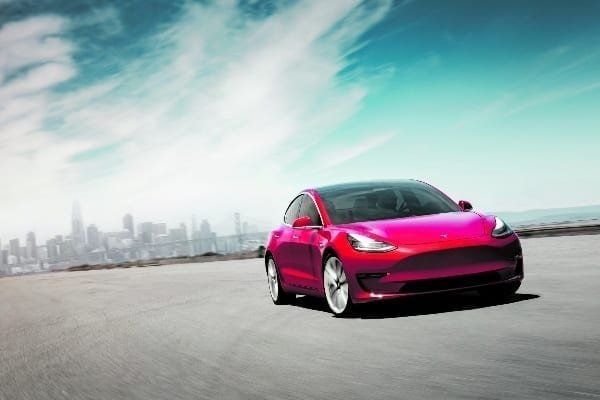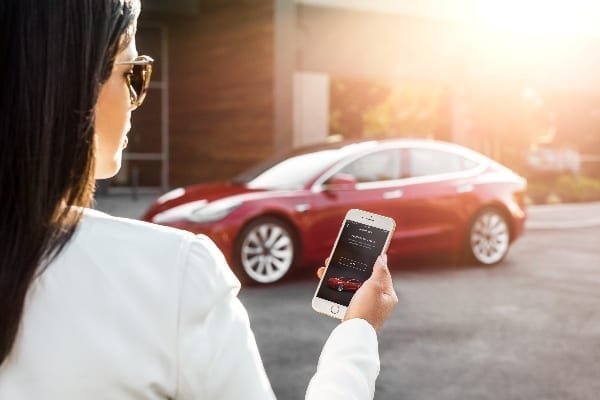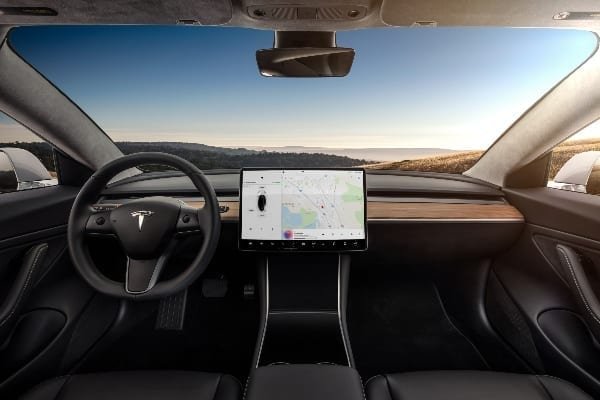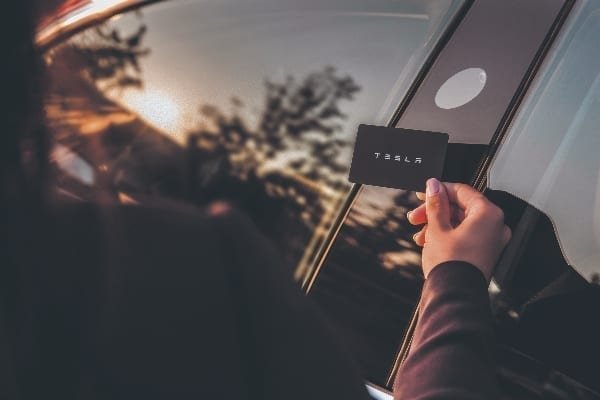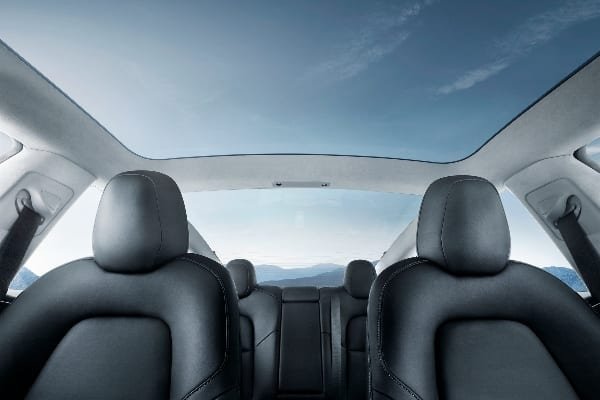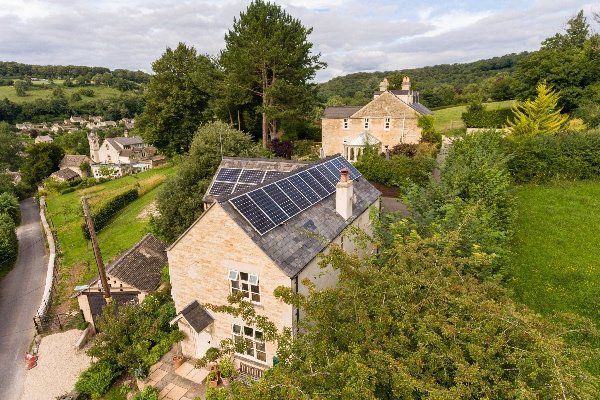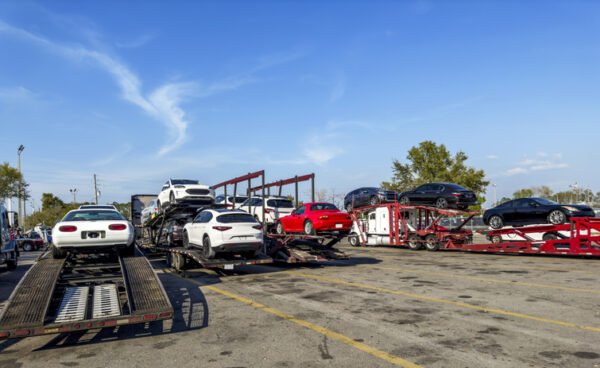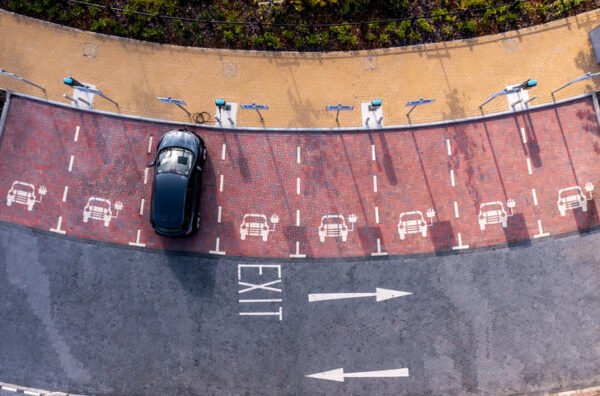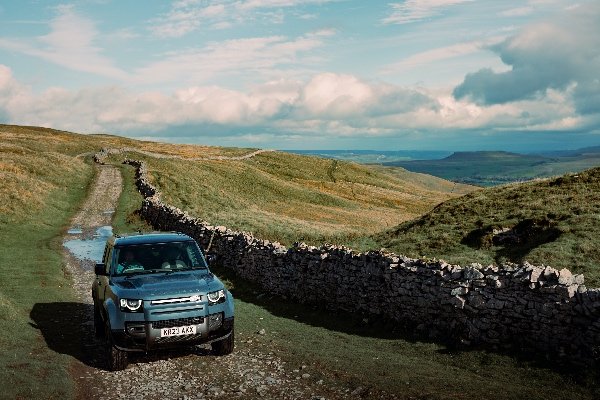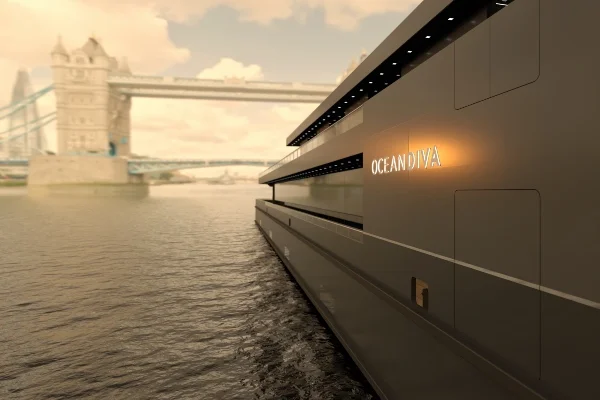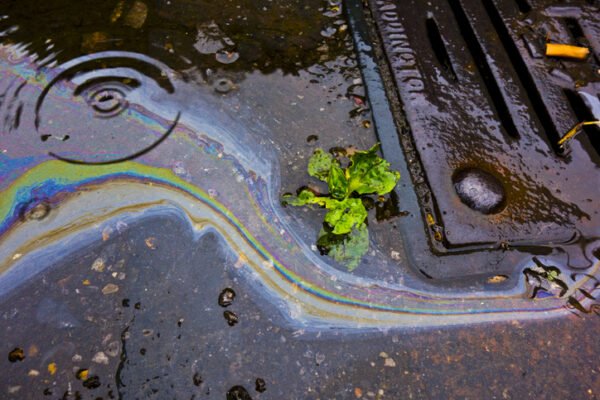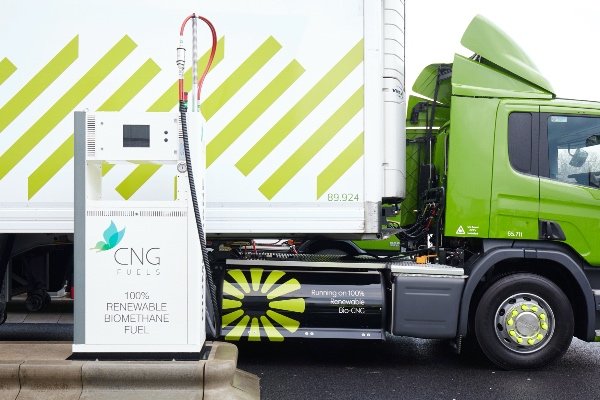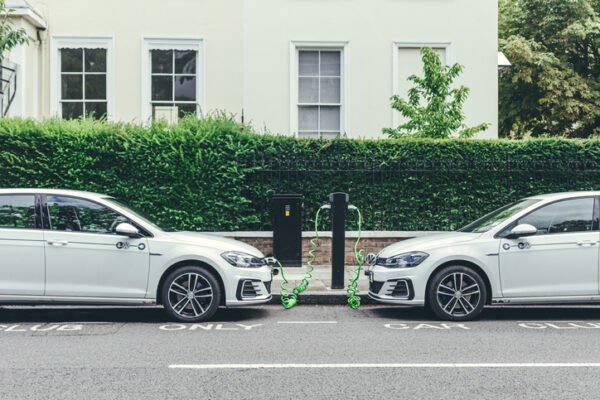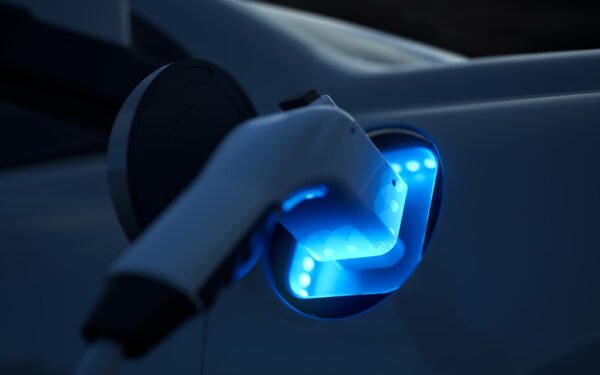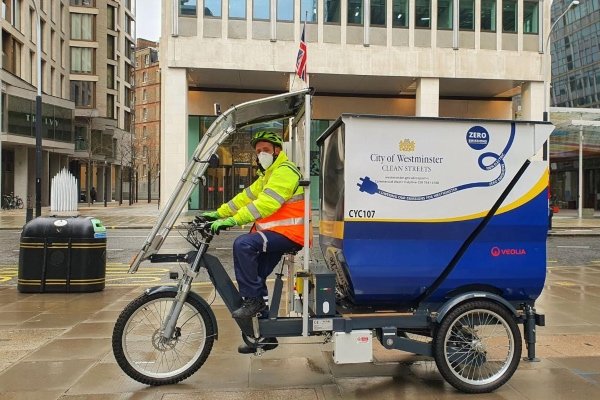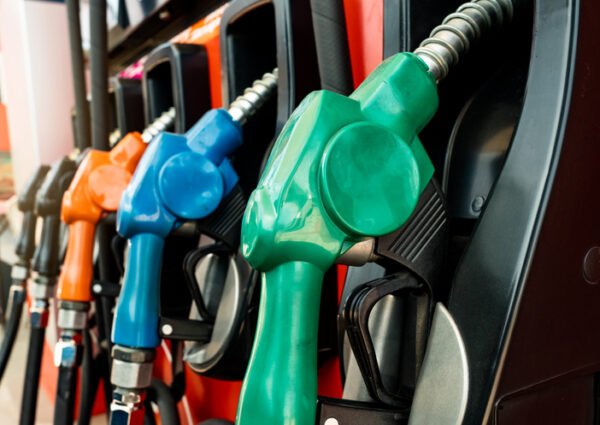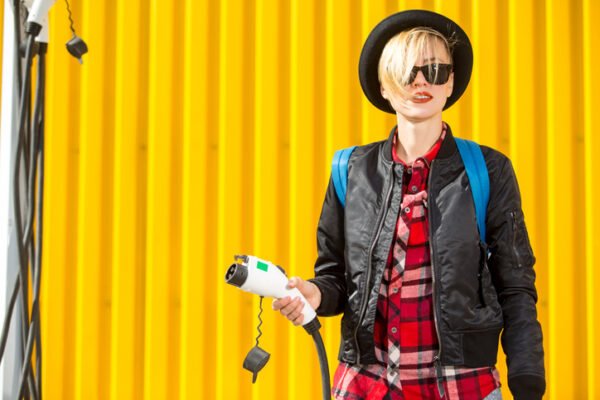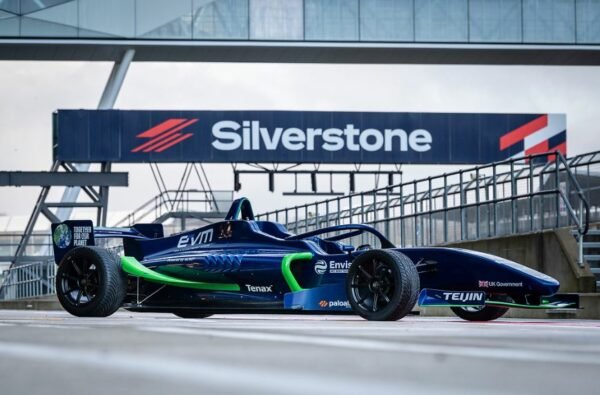This article first appeared in our Restoration Revolution issue of MyGreenPod Magazine, distributed with The Guardian on 06 Sept 2019. Click here to subscribe to our digital edition and get each issue delivered straight to your inbox
Anyone who grew up in the ‘90s, as games consoles were beginning to eat up the precious time of teenagers across the country, was either a fan of Sega or Nintendo. Regardless of your affinity, here in the UK you’d have to play a waiting game for the new releases to come round; the Japanese and then the US market would get first dibs on all the great stuff, until eventually the games would arrive in Europe.
Globalisation and the development of digital delivery methods have pretty much ended this sense of anticipation – not just in the games market, but in most other areas of commerce, too.
The car market, however, is still prone to these quirks. A globalised supply chain and most other countries’ dogged insistence on driving on the right-hand side of the road mean that the release schedule for automobiles is pretty idiosyncratic – especially if the production capability is focused outside Europe.
This is magnified in the electric vehicles (EVs) space, where the growing demand for clean, efficient vehicles far outstrips supply.
Tesla’s masterplan
Take the Tesla Model 3: quite possibly the most eagerly anticipated car of the 21st century. It’s been wowing car enthusiasts in the US for well over a year; over 130k units were sold in 2018, making it the eleventh bestselling car there last year.
Now, finally, the Model 3 is here. The first left-hand drive models arrived on our shores in June, and many are now in the hands of new, happy UK Tesla owners.
For Tesla, Model 3 represents an important milestone in its goal to accelerate the world’s transition to sustainable transport. This masterplan, announced in 2006, read something like this: 1. build a sports car that costs a lot; 2. use the money to build a high-end sedan; 3. use that money to build a high-volume, lower priced car.
The expensive sports car came along in 2008, in the form of the Roadster. The high-end sedan was 2012’s Model S. Tesla Model 3 is that high-volume, lower priced car.
The base – or ‘Standard Plus’ – Model 3 is coming in at around the £40k mark – similar to the more sporty lines from Audi, BMW and Mercedes.
Elon Musk, Tesla’s sometimes controversial, always entertaining CEO, set the goal of 500,000 cars a year in 2020. With reports that the factory is now at 1,000 cars a day, the target is close: it looks like Tesla is beginning to crack the mass production model.
What range anxiety?
Accelerating the world’s transition to sustainable transport has been at the heart of everything Tesla has done since day one.
Model 3 is the culmination of all the things Tesla has achieved so far; it tops the charts in class for range, safety, performance and usability.
Range (how far the car will get without charging) is the main thing people consider when they first look at buying an electric vehicle. The premium Performance Model 3 boasts 300 plus miles of range and the Standard goes around 230 on a single charge – but you can charge your car every night so you always leave with a full ‘tank’.
If you do want to venture further afield, you have the extensive Tesla Supercharger Network to back you up (next time you’re at a motorway service station, check out how many Tesla Superchargers you see). The network is Europe-wide and capable of charging at rates of well over 200 miles an hour.
A revolutionary car
All of this would be immaterial if the Model 3 didn’t drive or do the basics well. Last year, experts from Octopus Electric Vehicles drove the car on the coast in Oregon, and none of them could believe what Tesla had achieved.
The Model 3 is really easy to use; you open and shut the car with your phone, though a card key is provided in case your phone’s battery dies and a key fob is available as an optional extra. That alone shows how revolutionary the Tesla approach is.
The car senses how far away you are and unlocks as you approach. The door handles are more akin to what you would find on a Lamborghini; they sit flush to the body, creating an amazingly smooth finish. This is for aerodynamic efficiency – and maybe, just a tiny bit, because it looks awesome. Simply press the end in with your thumb and the handle pops out into your hand.
On the inside, it’s almost spartan: a steering wheel and a huge 15-inch touchscreen that controls everything and has a lot of clean lines. It’s what you might expect at a Mayfair art gallery.
 Play Video about This Rock Might Just Save The World
Play Video about This Rock Might Just Save The World Play Video about Play 2 hours of rock
Play Video about Play 2 hours of rock Play Video about Play 2 hours of brook
Play Video about Play 2 hours of brook Play Video about Play 2 hours of sheep
Play Video about Play 2 hours of sheep

















